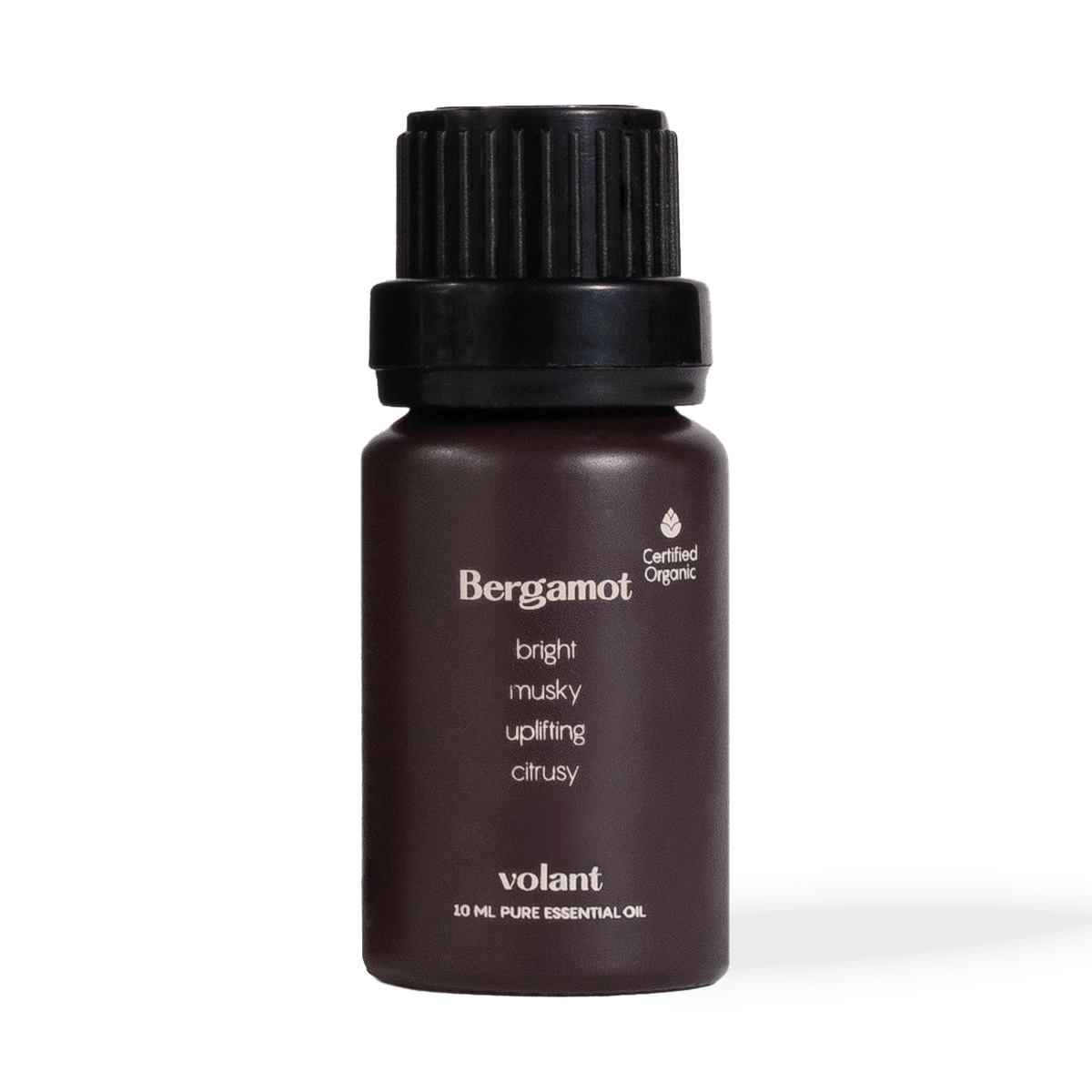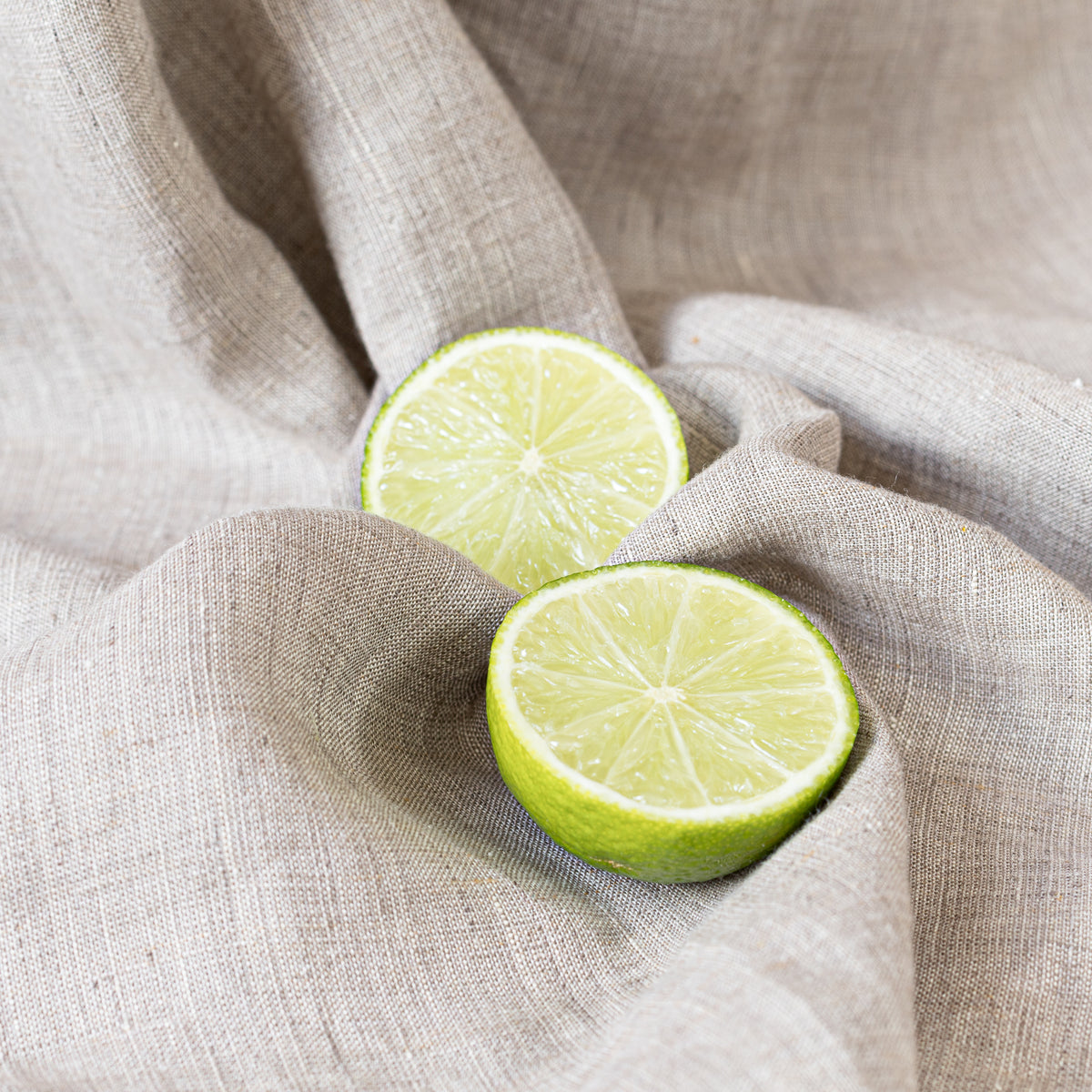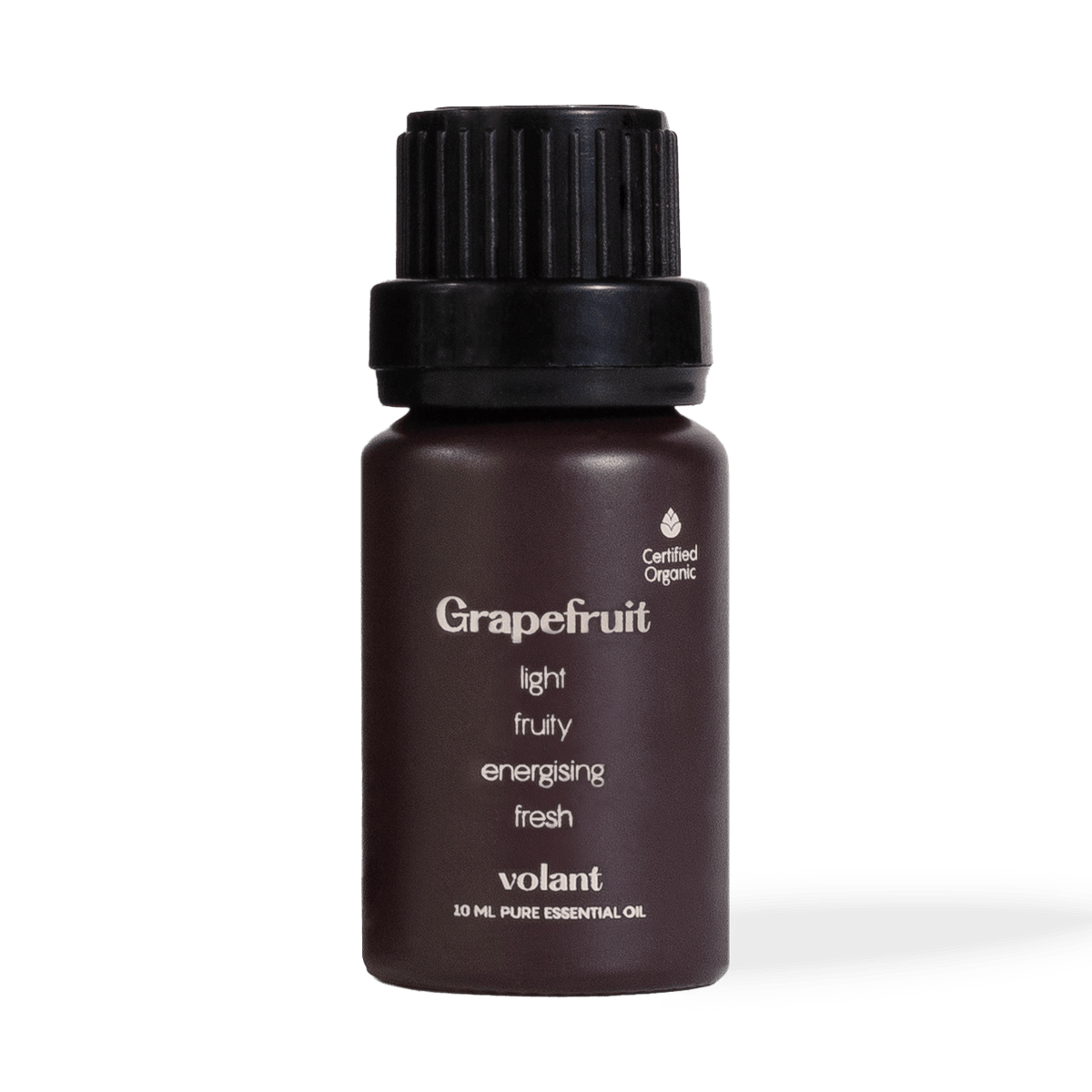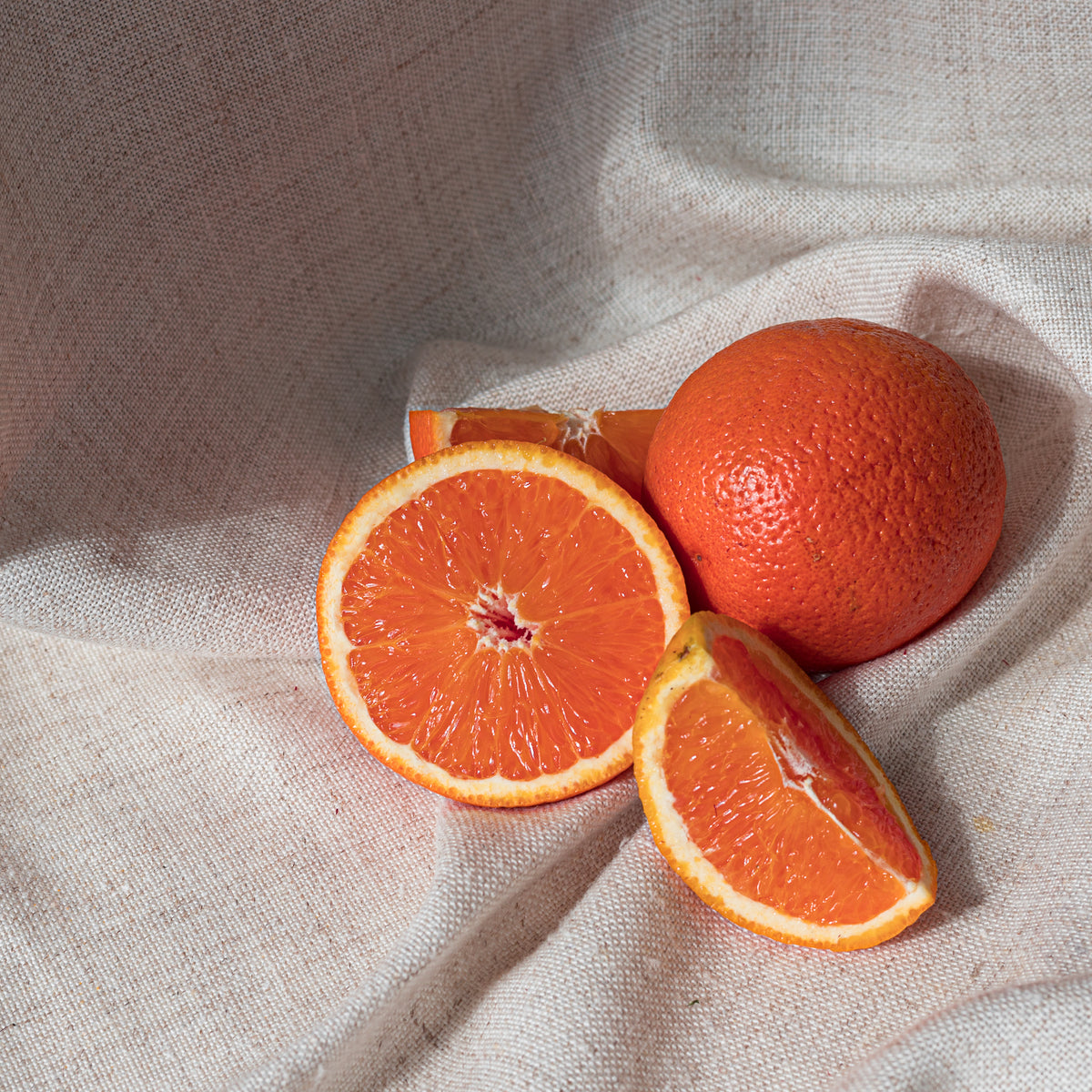The professional medical community is starting to take the inherent health value of essential oils seriously. More and more research is confirming what people have long said about them: that they have the power to help, heal and enhance our lives.
But how do you enjoy the benefits of aromatherapy at home?
The answer is simple.
You can use essential oils topically or in a diffuser, or you can use aromatherapy sprays. The short bursts of mists from these sprays can be used to spritz your body, hair, furniture, pillows and general environment, allowing the oils to do their work while you get on with your daily life.
You can purchase high-quality premixed mists from Volant or you can learn how to make aromatherapy sprays at home. They can successfully be used to help with a variety of conditions and will leave whatever room you’ve spritzed them in smelling wonderful.
Use essential oil room sprays to unwind, get ready for your day, treat the blues, lift your spirits or cheer up your surroundings. You can even use an essential oil bug spray to avoid getting harassed by insects!
If you’d like to learn more about spritzing your way to a happier, healthier lifestyle with essential oils, this guide tells you everything you need to know.
A short history of aromatherapy

Although plants and their extracts have been used the world over for thousands of years now, with evidence of this practice found in Ancient China, Egypt, Greece, India, Iran and Pakistan, the West only caught on to their potency in an official capacity in the early 1800s.
It was in 1830 in Grasse, a French city famous for its perfume and a veritable epicenter of distillation, that essential oils began being studied seriously.
Venerated scientists like Louis Pasteur eventually became interested in them. His assistant, Charles Chamberland, was one of the first in the chemistry and microbiology fields to start measuring the effect of essential oils like cinnamon, clove and oregano on infectious diseases like anthrax.
Then a Lyonnais chemical engineer, René-Maurice Gattefossé, discovered the therapeutic potential of lavender after a laboratory explosion in 1910 in which he was severely burnt. The miracle healing he underwent after treating his wounds with lavender essential oil resulted in him founding the French Society of Aromatic Products.
Gattefossé also published roughly 20 works that are still respected and referenced in the present day. His work in the field greatly enhanced aromatherapy’s reputation and even gave it its name. It was Gattefossé that coined the term “aromatherapy” in 1935, and we’ve used it ever since.
How to use aromatherapy sprays
Essential oil room sprays are a wonderful way to freshen up your environment. You do, however, need to ensure that yours contains only pure essential oils. This is the only way that you can accurately predict what they’ll do and ensure that you don’t have a negative reaction to added chemicals and synthetics.
Although they work a lot like diffusers by releasing essential oils into the environment around you, you can also apply certain mists to your skin because they’ve been diluted properly with the correct ingredients.
Once you’ve purchased a mix from a trusted, reputable vendor, or learned how to make aromatherapy sprays, there is a multitude of ways you can use them:
Brighten up the bathroom

Does your bathroom need a little pick-me-up? If you answered yes, then try a citrus-based essential oil mix.
Using lemon essential oil and sweet orange on their own is also an excellent option. These uplifting scents give rooms a wonderful clean smell.
Create a pillow mist

There are several essential oils that can help you get a good night’s sleep. Try bergamot essential oil, cedarwood, lavender, ylang ylang or Roman chamomile.





